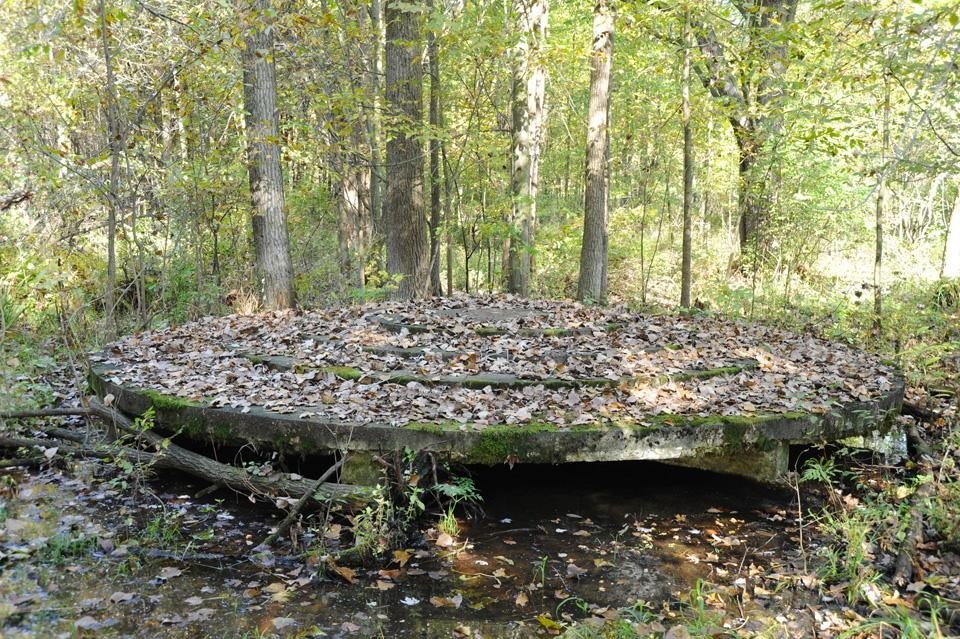To summarize briefly, in 1785 the PLSS set out to identify and secure the conceptual net cast over the United States from The Point of Beginning (where Ohio, Pennsylvania, and West Virginia meet) to the Pacific coast; it remains among the most ambitious engineering projects in history. Inevitably, the dirty practicalities and moral quandaries of dividing and claiming land make their way into the exhibition, but perhaps more as staid facts than as judgments or petitions. After all, to talk of America's compartmentalization or measurement of territory is, of course, to talk of America's history, complex and contentious as it is. I quote the introductory text that welcomes viewers at the 'first stop' or panel of Initial Points: "While the conceptual grid of squares hung over the western lands, it was the surveyor's job to attach it to the ground. This was completed in stages as treaties with Indians, the Spanish, French, Mexicans, and others were arranged." In these two preparatory sentences, one feels the dual tone of Initial Points: In its depiction of the surveyor's work, the show touches on the abstract poetics of seeing and 'measuring' a wild, shifting, immeasurable land. At the same time, the exhibition is a sober, unsentimental account of the where, the what and sometimes, the in-spite-of-whom.
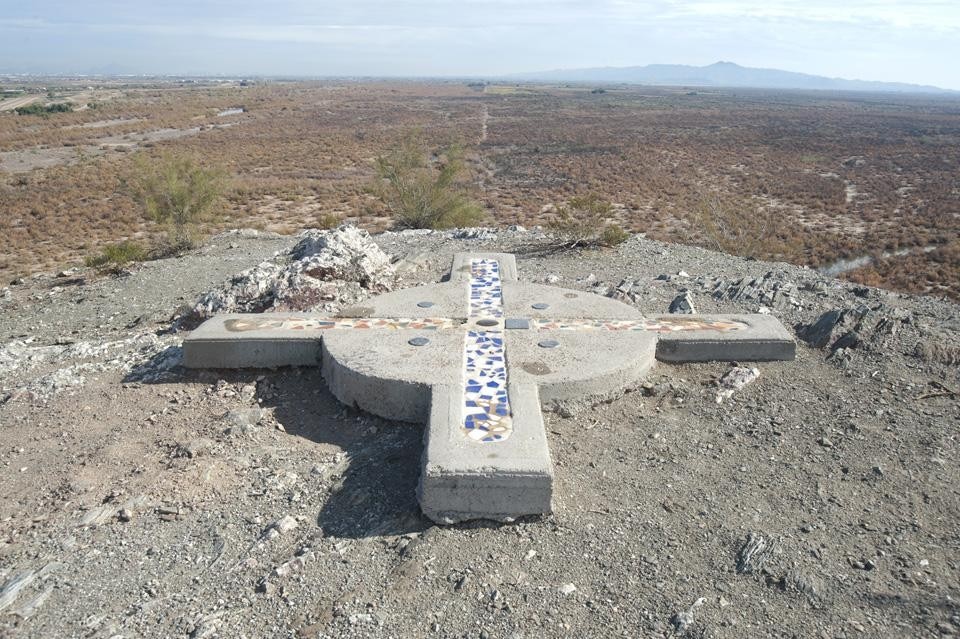
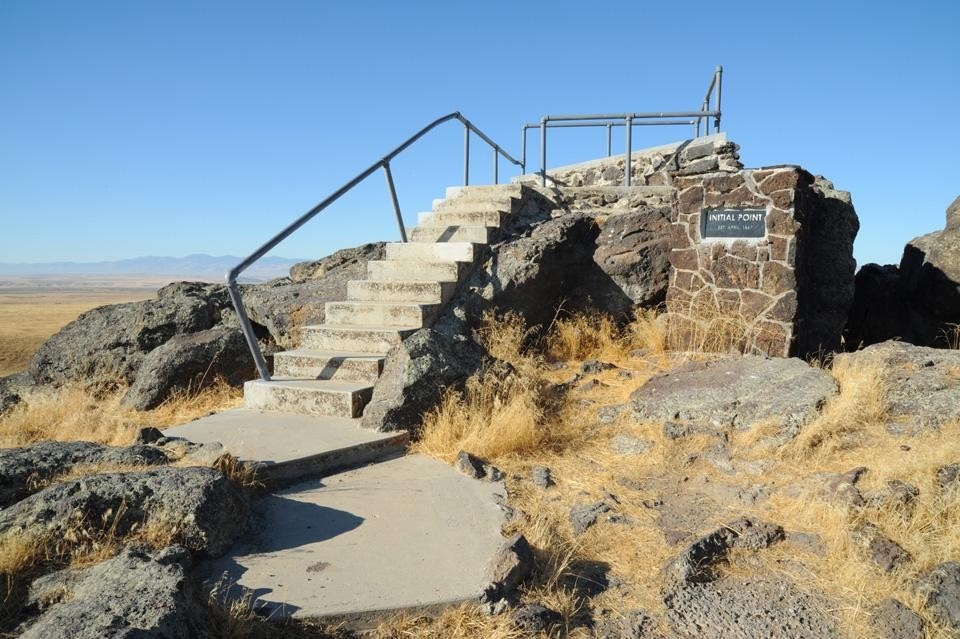
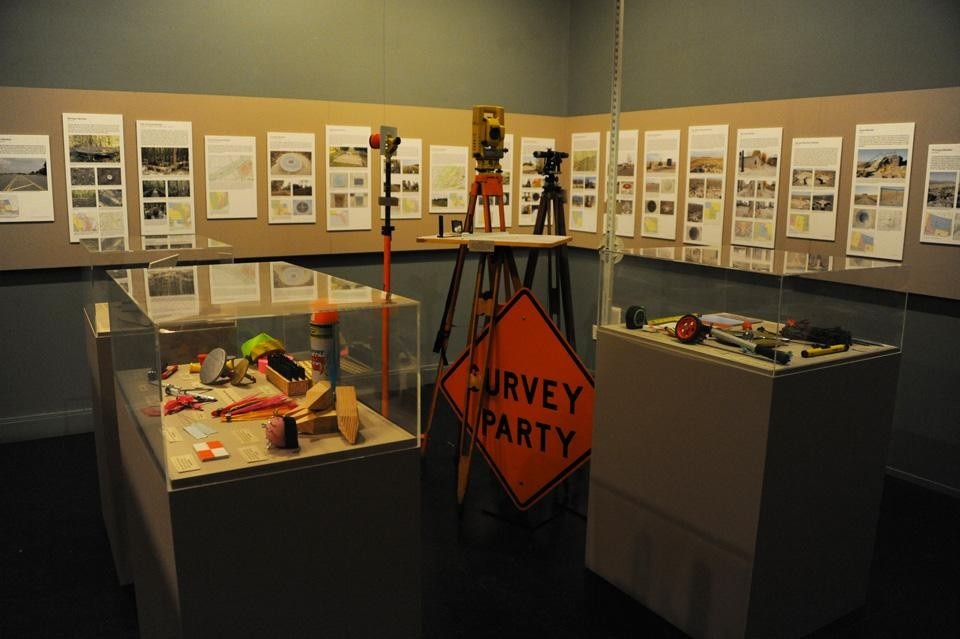
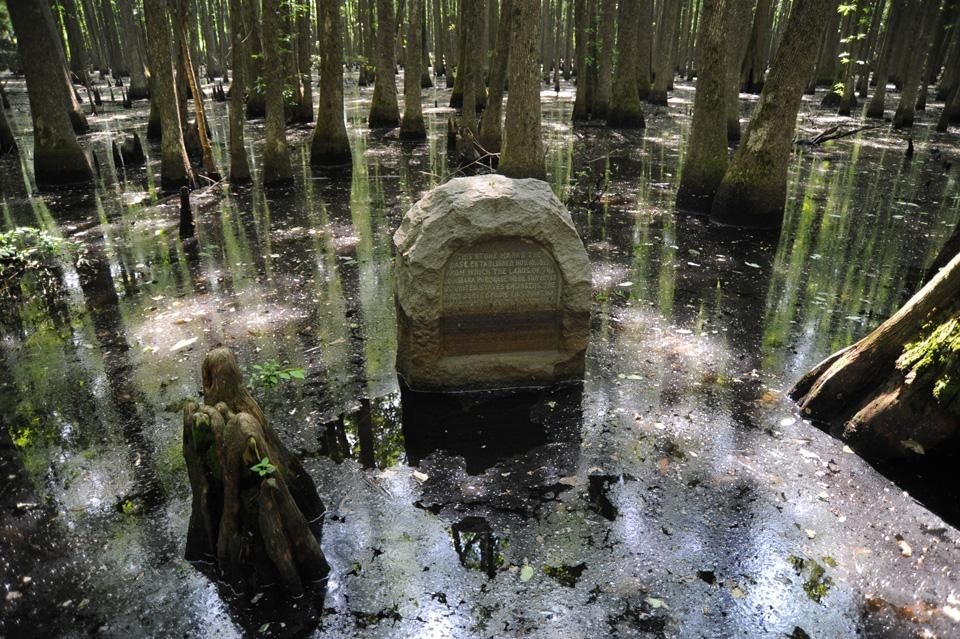
Initial Points: Anchors of America's Grid
The Center for Land Use Interpretation
Los Angeles
Through 15 April 2012
